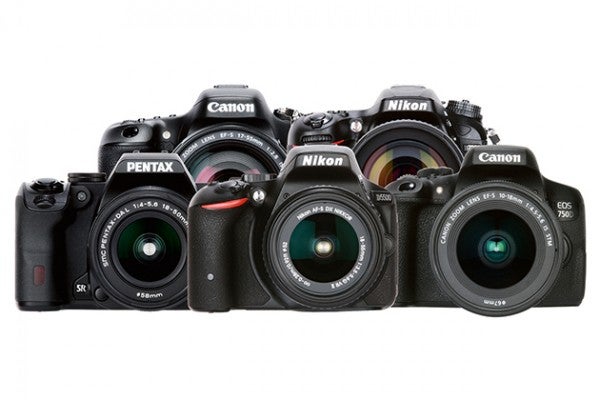No longer the preserve of professional cameras, full-frame options are more ubiquitous than ever. Here’s some reason why you should make the leap to a bigger sensor camera.
It used to be that full-frame cameras were priced out of the range of most ordinary photographers. These days however, there’s plenty of “budget” options that give ordinary photographers the opportunity to move from the smaller APS-C format to the larger full-frame.
What is full-frame?
The term ‘full frame’ refers to DSLR cameras with an image sensor the same size as a 35mm film frame. As recently as a few years ago there was only a few on the market, and those were prohibitively expensive meaning most enthusiasts went for cheaper APS-C cameras. Read on to find out more great reasons to upgrade.
1. It’s not as expensive as it used to be
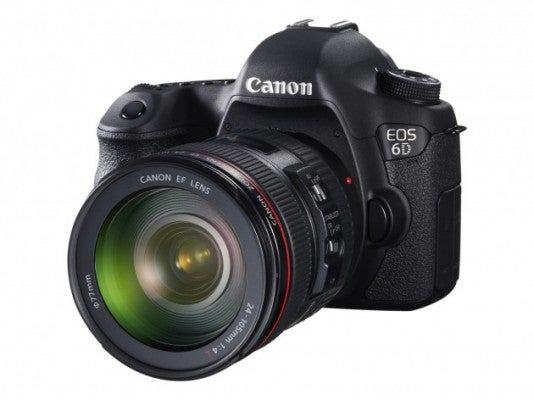
Canon’s 5D represented the first full-frame camera which was truly aimed at enthusiast photographers, but even that retailed for over £2,500 when it was first released – more affordable, but still not exactly an impulse purchase.
While you can still buy full-frame cameras that cost many thousands, Canon and Nikon both have “entry-level full-frame” models that can be picked up for less than £1,500. OK, that’s still a considered purchase but it’s more affordable than it ever was.
For Canon, there’s the 6D, while Nikon has the D610 and the D750. It also means that you can set yourself up with a multi-camera set up easier than before – you could have a 6D as a back up to a 5D Mark III for instance, or a D750 as a backup to something like the D5.
2. You don’t have to have a huge bulky camera any more
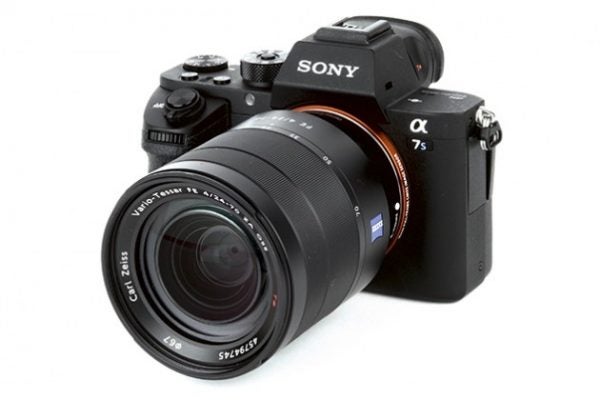
Sony A7S II
You’re probably used to seeing professionals tooling around with huge full-frame DSLRs. It used to be the case that the larger the sensor, the larger the camera. And while that’s still true in some ways, thanks to Sony’s A7 range you no longer have to have a good chiropractor to have access to a full-frame sensor.
Sony has had incredible critical success with cameras such as the A7S II which has a full-frame sensor but is housed in a (comparably) small and light mirrorless body. The A7R II offers a huge pixel count, but again is found inside a small body. The lenses that accompany this system are also much smaller than full-frame DSLR lenses, making your whole kit bag lighter and easier to transport.
3. Full-frame is better for light capture
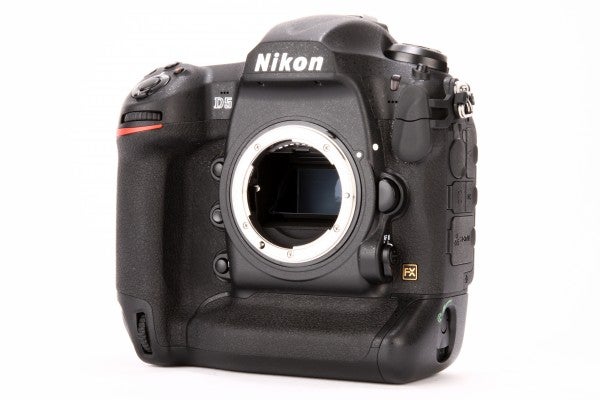
A great analogy is to imagine two 3×4 grids, one of which is filled with buckets, while the other has the same number of soup bowls. If you were to throw tennis balls into the grids, the one with the buckets would capture more despite there being the same amount of soup bowls in the other. The same can be said of photo sites on a sensor.
If you have 12, or 24, or whatever number, of pixels on a sensor, the larger surface of the full-frame sensor means that the photo sites can be larger than those on APS-C format sensors, and as such, more light can enter the larger photosites. This in turn tends to result in improved dynamic range and reduction in noise levels compared to sub full-frame cameras.
4. Full-frame is better for detail resolution
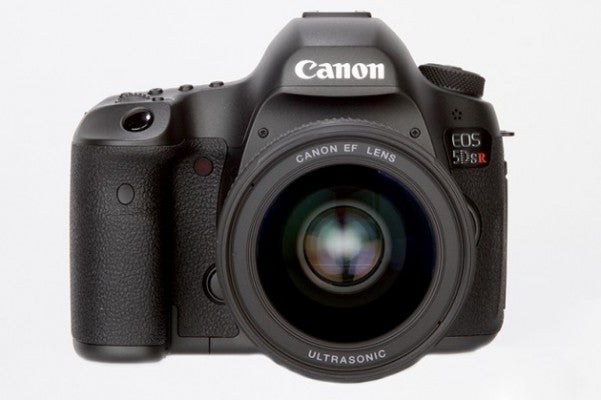
As well as space for larger pixels, alternatively you have more room for more pixels. The higher the number of pixels, generally speaking, the better detail will be. Here we can use a beach towel compared with a bed sheet analogy. You can place more buckets on a bed sheet than a beach towel and capture more tennis balls that way.
5. There are different full-frame options to suit different shooting needs
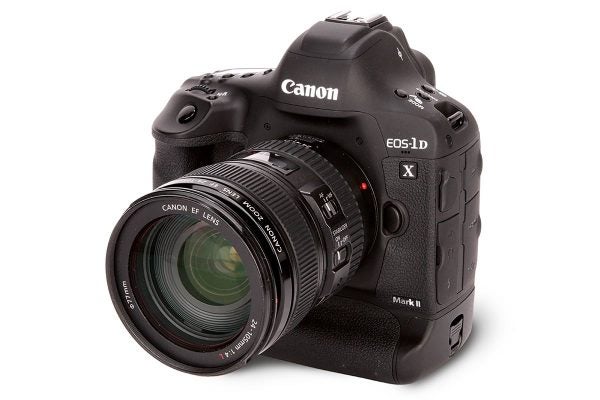
A downside of an ultra high resolution usually means that the image suffers from more noise when used at higher sensitivities – that’s why manufacturers have different cameras to suit different needs. If you often shoot in low light, something with fewer pixels will be better than something with more.
However, if you’re often shooting in good light, such as in a studio environment, low-light shooting shouldn’t be an issue and you’d prefer the extra detail resolution. Canon has the 50 megapixel 5DS and 5DSR, which are perfect for landscape, studio and portrait photographers. But it also has camera like the 5D Mark III, which has a much more modest 24 megapixels and is therefore more suited to a wide-range of subjects. Cameras like the 1DX Mark II have only 20 million pixels, which make them even more suited to low light shooting.
Similarly, Sony has the A7S II, which has only 12 million pixels but is super primed for low light. Conversely, the A7R II has 42 megapixels and produces a stunning level of detail. The amount of choice you have to get the best camera for your specific needs is fantastic.
6. With lenses, what you see is what you get
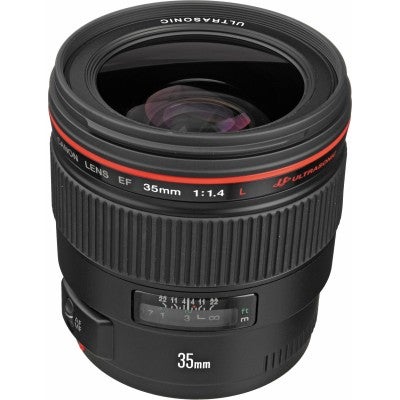
The focal length of lenses is written in 35mm format. However, if you’re not using a 35mm sensor, then you don’t actually get what it says on the lens. For example, a 24mm lens on a Nikon APS-C sensor is actually equivalent to 36mm.
With a full-frame camera there’s no maths to worry about to figure out what focal length you’re shooting at – if a lens says 24mm on it, that’s what you’re getting. This is great news for your wide angle lenses, which are true wide-angles on a full-frame sensor.
To get around this problem, you can use even wider lenses on an APS-C format sensor, but these wider lenses tend to be more prone to distortion and the resulting images are not as good. Another tick in the box for championing full-frame.
7. Beautiful depth of field
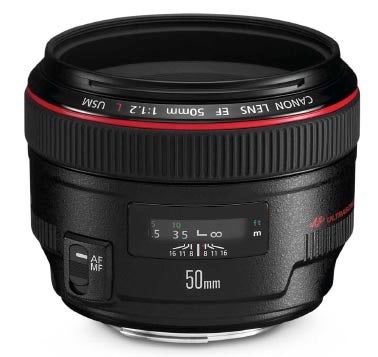
If you love that shallow depth of field look (as most of us do), then it’s easier to achieve that when using the larger sensor of a full-frame camera. Put simply, if you use the same (equivalent) focal length on a full-frame camera and an APS-C camera, depth of field will be shallower on the full-frame camera.
That’s good news for portrait photographers, macro photographers, food photographers and just about any subject that benefits from a shallow depth of field effect, and you want the shallowest you can possibly get.





